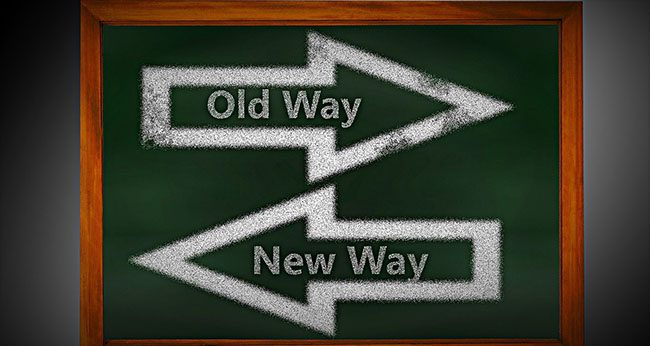
By: Amanda E. McCoy
According to Joe Pulizzi at the Content Marketing Institute, content marketing and native advertising have a tendency to be used interchangeably, but in doing so we are limiting ourselves, because native advertising is only one way to distribute content.
Advertising entails paying a third party for distribution. Many sites have advertising platforms which post banner ads and have pay per click links displayed in their margins. This can be an effective advertising tactic for some, but does not promote engagement with the user, and can be disruptive to the user experience.
Native advertising, on the other hand, “doesn’t disrupt the user experience and offers helpful information in a format similar to the other content on the site, so users engage with it more than they would with, say, a banner ad. (This is good for advertisers, and if the content is truly useful, good for consumers.) In very simple terms, native advertising is one way content marketers can distribute their content,” according to an article by Pulizzi on the differentiation of the two.
This combats the disruption by delivering your content in stream. This means the platform is being paid to embed content into the stream or format of the page which the user is already being exposed to, (usually by choice) which allows the content to be distributed in a more organic fashion. The user feels more inclined to interact and engage with the material because it is located in a place where the user is already interacting. This form of advertising can be extremely useful when a company distributing content doesn’t necessarily have a fully developed user base, or is looking to expand to a targeted demographic.
According to Chris Schreiber’s article about a mobile content experience study conducted by Sharethrough, if your target market is the Millennial, native advertising is really where it’s at. User experience is at the top of the list when it comes to the Millennial ad experience, and considering the majority of Millennials are basically drinking a daily social media feed smoothie, it makes sense. Considering the fact that the Millennial generation is highly adaptable (at least for now) and they make up roughly a quarter of our population, native advertising seems like a reasonable, if not necessary, investment.
Amanda E. McCoy holds a B.A. in Communication Studies from San Francisco State University and is a Content Writer for the San Francisco American Marketing Association.


Comments are closed.